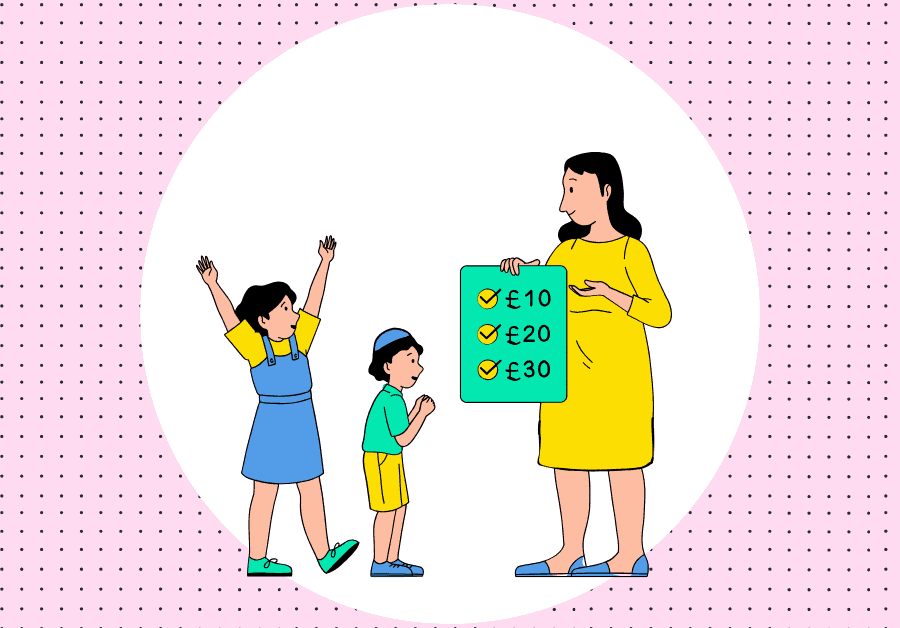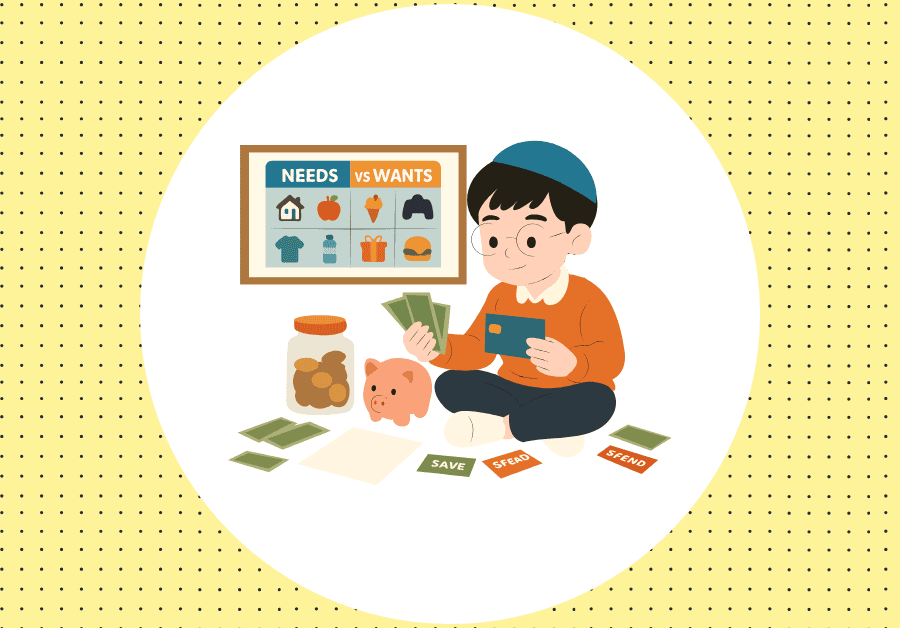5 Ways to Teach Your Kids About Needs and Wants
Some lessons in life are taught with a raised eyebrow, a firm look, or a muttered “I’ll tell you when you’re older.”
But when it comes to money, silence doesn’t work. If we want our kids to grow up making smart choices, we need to teach them the difference between needs and wants.
Here are five simple, everyday ways to help your kids get the message. No lectures, just conversation, and maybe a trip to the shop.
1. Start with kid-friendly definitions
Explain the difference in their language.
Needs: Things we can’t live without, like food, clothes, a safe place to sleep.
Wants: The nice-to-haves, like glow-in-the-dark slime, sparkly trainers, and that cereal with more sugar than grain.
At breakfast, you might say, “You need food for energy at school, but you want ice cream because it’s delicious.”
Let them create their own list. If they put down a pet koala or a private island under ‘wants’, even better. The goal is understanding, not accuracy.
2. Use real-life scenarios
Forget sit-down talks. Kids learn best when they’re involved. So next time you’re in the shop, use what’s around you.
“We need a balanced diet to stay healthy, but we want cake because it’s yummy.” Or, “Yes, you need a Shabbos outfit, but you want the one that costs more than our fridge.”
Instead of saying “No,” try, “Is that a need or a want?” Some wants will still make it into the trolley, and that’s fine. Enjoying nice things is great as long as it fits within the bigger picture.

3. Own your own spending
Children notice everything. The parcel by the door, the new shoes, the extra treat in the fridge. Whether we realise it or not, they’re constantly absorbing how we make financial choices.
Let them in. Say, “I’d like a new phone, but this one still works, so I’ll wait.” It shows them how to weigh up wants and needs and that waiting is a valid decision.
When you do choose to spend on something fun, be open about it: “Yes, it’s a want, but I saved up and decided it was worth it.” That kind of openness shows children that spending is about making conscious decisions, not automatic ones.
4. Let them in on family decisions
Involving kids in small financial choices can be surprisingly powerful. Whether it’s planning a meal or choosing between two treats, they learn that money needs direction.
Ask, “We need ingredients for dinner, but we want dessert. How can we fit both into the budget?” Or, “Takeaway tonight or save for a day out on Sunday?”
This teaches that money isn’t endless, and when we prioritise, we get more value. It also gently breaks the myth (beloved by children everywhere) that a bank card is some kind of magic wand.
5. Make it hands-on
For many children, money is something they hear about but rarely see. So bring it down to their level. A pen, some stickers, or a small budget challenge can go a long way.
Ask them to list things they’d love to buy. Use one sticker for needs, another for wants. Then talk it through: “Why do you think silly putty is a need?” instead of thinking about the stain that won’t get off the couch.
Next time you’re in the shop, say, “Pick two ‘want’ items, but keep it under £10.” It’s a simple, practical lesson in value, choice, and limits disguised as a fun game.

And finally…
When kids understand wants vs needs, they’ll see that needs come first, wants are allowed, and we can make smart choices based on our priorities.
Most importantly, you’ll help your kids build a healthy, confident relationship with money that doesn’t involve guilt-shopping, panic-spending, or hiding receipts.
The more normal money conversations become, the more confident they will be with their own finances in the future.
